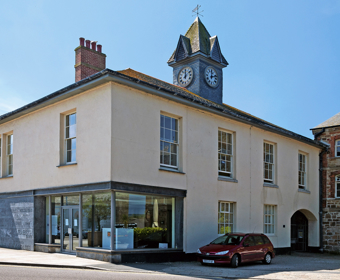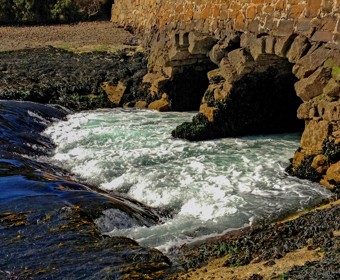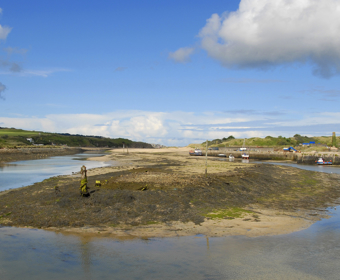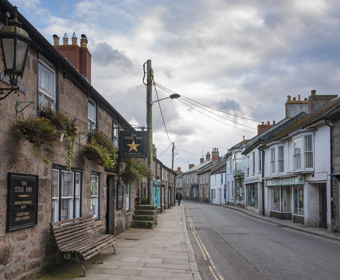A2 The Port of Hayle
Porth Heyl
Global mining port with natural wonders
Named after heyl, the Cornish word for estuary, this Area is dominated by water: rivers, pools, sluicing ponds, quays, wharves, and, of course, the sea. Huge sand dunes lie between the town and the beautiful St Ives Bay, with the dark hills of the West Penwith Moors looming to the west.

In the early 19th century, Hayle was the most important mining port and steam engine manufacturing centre in the world.
Two of the most important iron foundries in the Site were here – Harvey’s (1779-1903) and Copperhouse (1820-1869). A fierce and long-running rivalry grew between the competing foundries as they argued over access to the sea. This contributed to the development of Foundry and Copperhouse as individual settlements at either end of the town, located around the sites of the two companies. Harvey's helped produce the largest steam pumping engines ever built anywhere and was the work place and meeting place of some of the most famous steam engine engineers including Richard Trevithick and Arthur Woolf.
Harvey’s Foundry Trust promotes and preserves the natural, historical, architectural heritage of Hayle. The Heritage Centre based in the John Harvey House has exhibits, lectures, a shop and so much more to help you discover and enjoy Hayle’s fantastic history.
Despite the decline of Hayle’s traditional industries, today’s lively communities buzz with the prospect of imminent regeneration. Here you’ll find plenty of signs of the town’s great past, along with beautiful beaches stretching out under vast skies.
In the early 19th century Hayle was the most important mining port and steam engine manufacturing centre in the world.


Hayle Heritage Centre

Hayle and World Heritage

Hayle Harbour
The Audio Trail guides below explore Hayle and introduce many of its notable features.
Information sheets are also available to accompany the Audio Trail guides and please see the links to these below.
Hayle Audio Trail Delve Deeper


